Have you ever shopped for shoes and found yourself confused between nubuck and suede? You're not alone! Understanding nubuck leather is key to making the right choice for your next footwear or accessory purchase.
In this article, we’ll explore what nubuck is, how it’s made, and how to care for it.
The Unique Texture of Nubuck Leather
Nubuck is a type of leather that has a unique, velvety texture. It’s created by gently brushing and buffing the surface, giving it a soft feel that’s reminiscent of peach fuzz.
Unlike suede leather, which has a plush feel, nubuck has a matte finish and a slight nap that makes it both tough and tender.
How and What Nubuck Leather is Made of?
Nubuck leather is quite similar to traditional leather, as it comes from the top grain (outer) layer of animal skin, typically cowhide or calfskin. This layer is tougher and more durable than the inner layer used for suede, making nubuck more expensive and long-lasting.
To create nubuck, the hide is sanded to achieve a soft, napped finish, hiding any surface imperfections. After sanding, it's often dyed or stained for enhanced appearance. While nubuck was originally made from buckskin, modern versions mainly use calfskin.
Remember, nubuck brushes are stiffer than those for suede, so avoid using them on suede shoes to prevent damage.
Nubuck vs. Suede
Nubuck leather is often confused with suede because they look similar, but they differ in price and durability. Nubuck is sanded from the outer layer of the hide, making it more durable and usually pricier. In contrast, suede comes from the softer inner layer, giving it a smoother finish but less resistance. Despite their similarities, there’s a significant price difference between the two.
Nubuck vs. Leather
Nubuck leather is a specific type of suede, both made from leather sourced from calfskin, goat, deer, cow, or lamb.
The production process for all leather, including nubuck, begins with tanning, where the hide is processed to change its protein structure.
Nubuck vs. Full Grain Leather
Full grain leather stands out because it doesn’t undergo sanding during the tanning process. Considered premium leather, it comes with few to no defects or scars.
In contrast, nubuck, which is derived from the top grain of the hide, needs to be sanded to achieve its texture, resulting in a product that often displays imperfections.
The Pros and Cons of Nubuck Leather
Nubuck leather isn’t just pretty; it has some significant advantages: some of them are given below.
Advantages:
- Longevity: Nubuck is durable, making it a great choice for shoes and bags. With proper care, it can last a long time.
- Natural Appearance: Nubuck keeps its original color and offers a classic look, thanks to the way it’s treated.
- Comfort: Its breathable nature makes nubuck comfortable to wear, which is why it’s favored for many leather goods.
Disadvantages:
- Price: While not the most expensive leather, nubuck is pricier than suede due to its quality.
- Staining: Nubuck is prone to staining and can darken when wet. If it gets stained, it can be challenging to clean.
- No Patina: Unlike some other leathers, nubuck doesn’t develop a patina, which some people love for its aging character.
Caring for Nubuck Leather
To keep your nubuck leather looking its best, follow these simple care tips.
1. Regular Brushing
Use a soft brush or nubuck cleaning cloth to remove dust and dirt. Brush gently in small circles to avoid damaging the surface.
2. Stain Removal
If you notice a stain, blot it gently with a dry cloth. Avoid rubbing, as it might spread the stain. For stubborn stains, consider using a nubuck eraser or cleaner.
3. Protection from Moisture
Apply a waterproofing spray or nubuck protector to help shield it from water damage. Always test products in a small area first.
4. Avoid Direct Sunlight and Heat
Direct sunlight can fade nubuck over time. Store your items away from heat sources and sunlight to prevent damage.
5. Proper Storage
When not in use, keep nubuck items in a cool, dry place, ideally in a breathable bag or cloth to protect them.
6. Professional Cleaning
For tough stains or deep cleaning, take your nubuck leather to a professional cleaner who specializes in leather.
Find Your Perfect Leather Jacket at Marco Enzolani
Check out Marco Enzolani’s high-quality leather jackets! We have a great selection for any occasion, whether you need a stylish jacket for a night out or something comfy for everyday wear. Upgrade your wardrobe with our stylish designs. Shop now to find your perfect jacket!
Conclusion
Recognizing the different types of leather textures is crucial for making informed choices when selecting leather items. By understanding these distinctions, you can enhance your overall style and ensure that your leather products meet your preferences and needs.
FAQs
- Can nubuck leather be waterproofed?
Yes, you can waterproof nubuck leather using a spray or protector made for suede and nubuck. Test the product on a small area first to make sure it works well.
- Is nubuck leather good for all types of footwear?
Nubuck is great for various footwear, including boots and shoes. Its durability and soft texture make it popular, though it needs more cleaning than smooth leather.
- How can I restore faded nubuck leather?
You can restore faded nubuck with a nubuck color restorer or conditioner. Follow the instructions to bring back its original look.
- Is nubuck leather durable?
Yes, nubuck is durable and resists wear due to its compact fibers from sanding. However, proper care is key to keeping it in good condition.
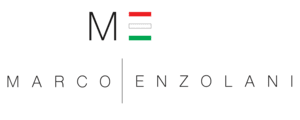

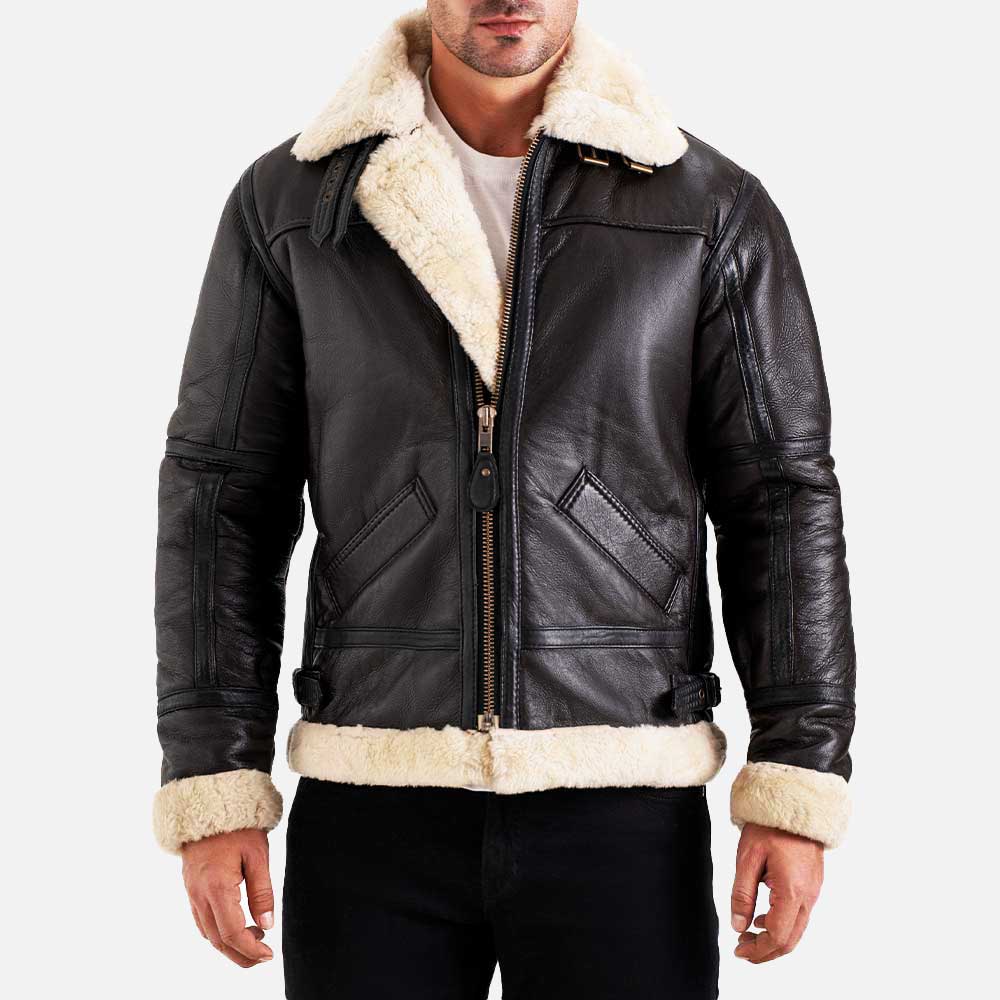
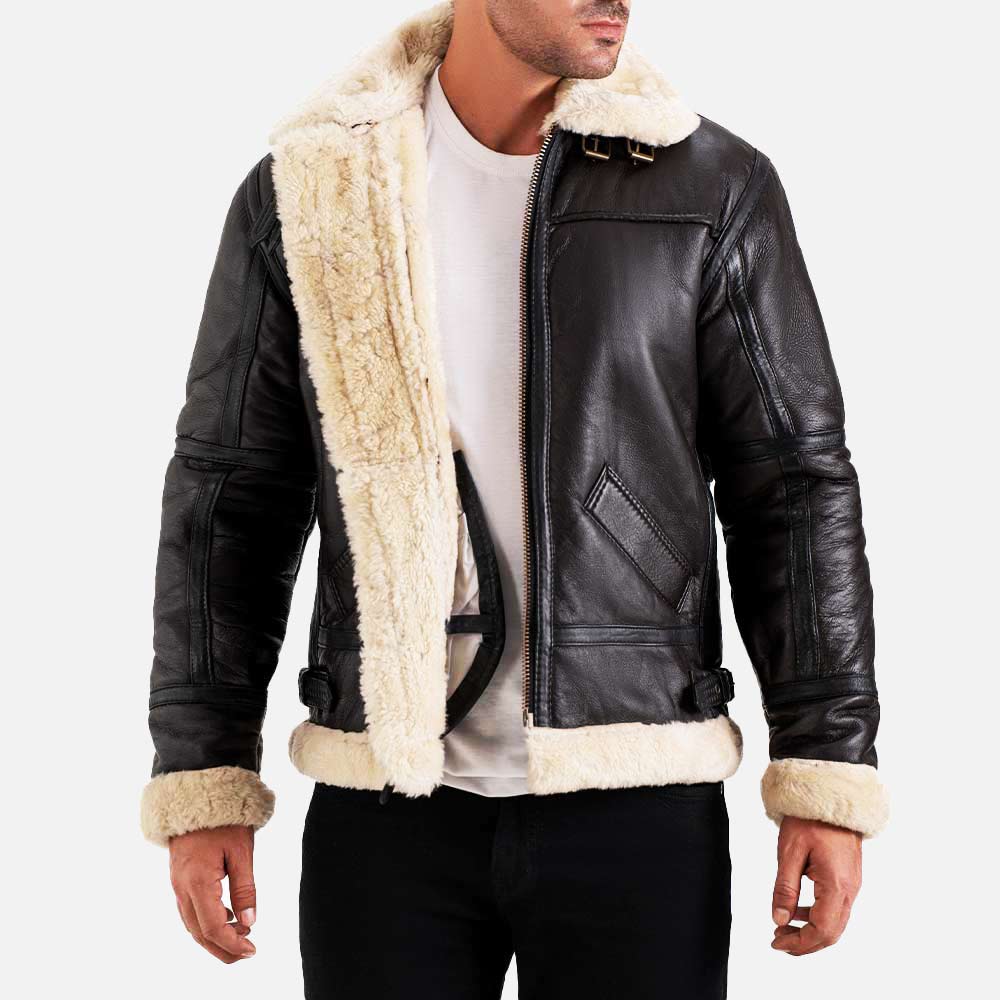
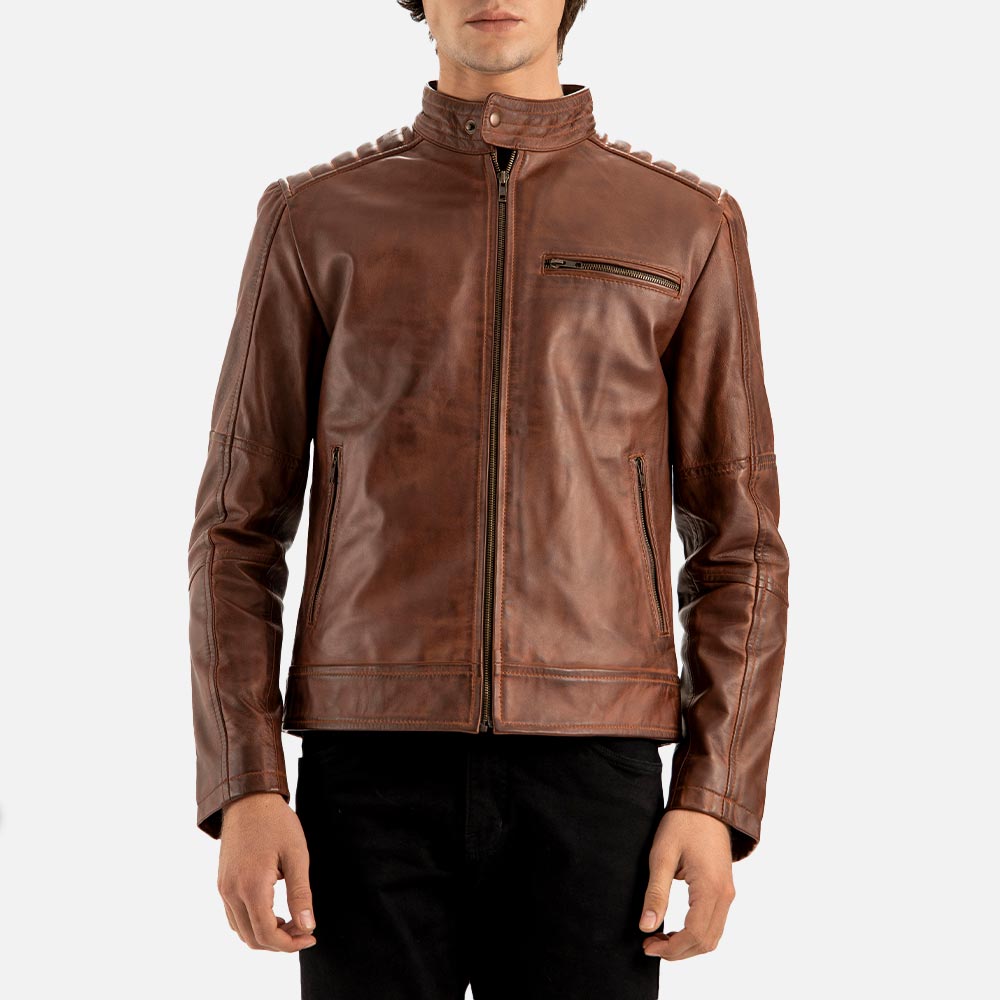
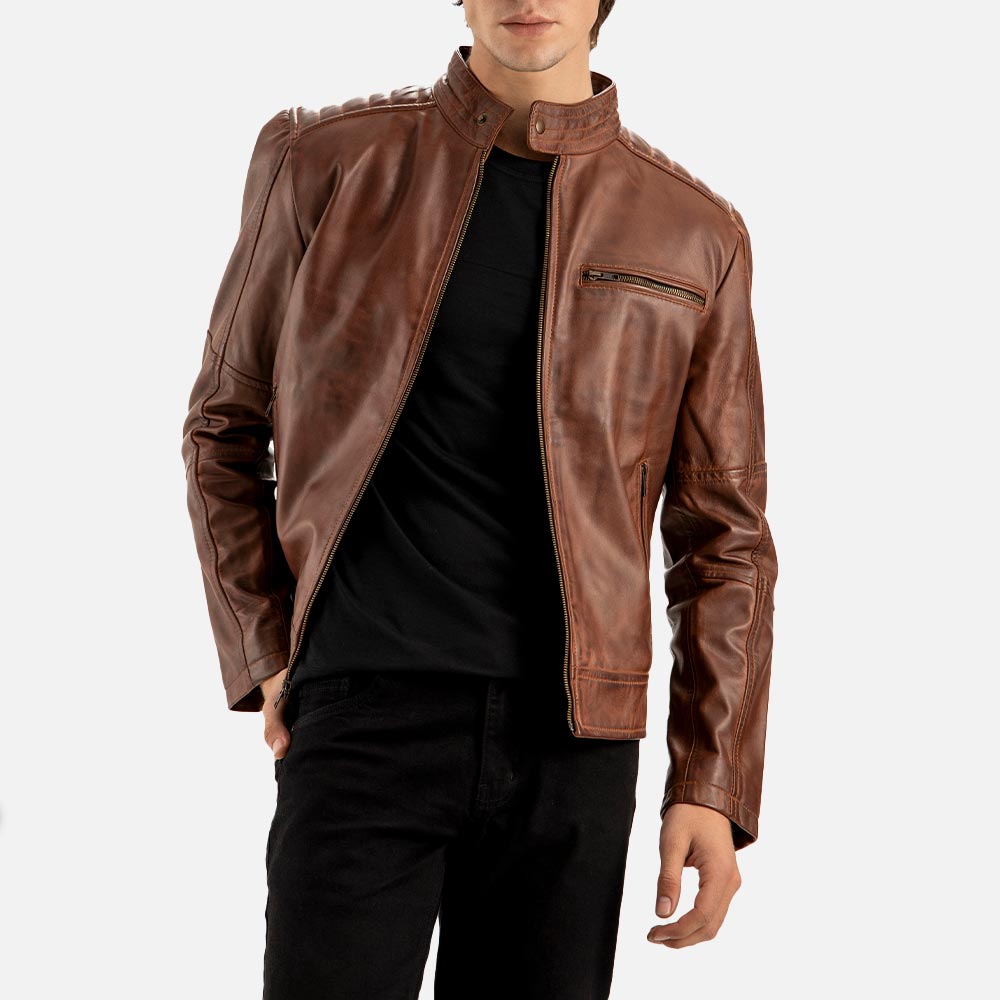
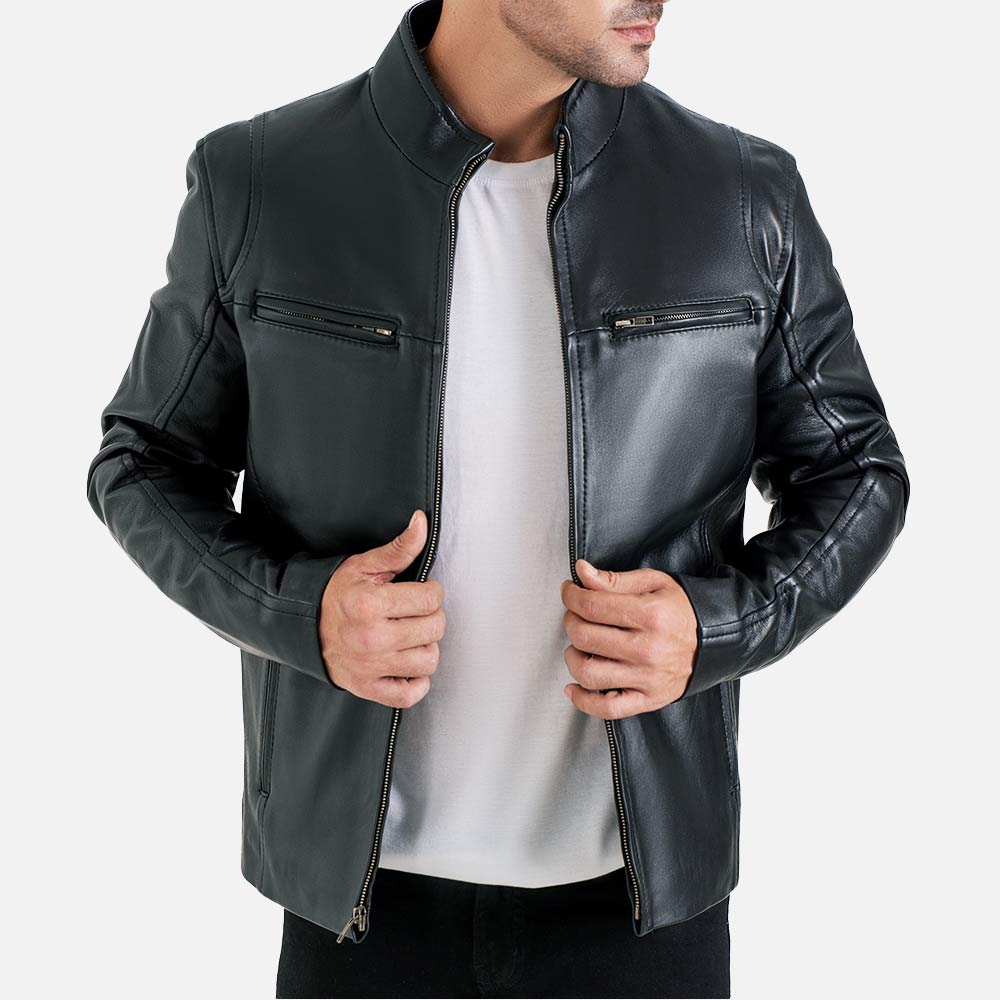
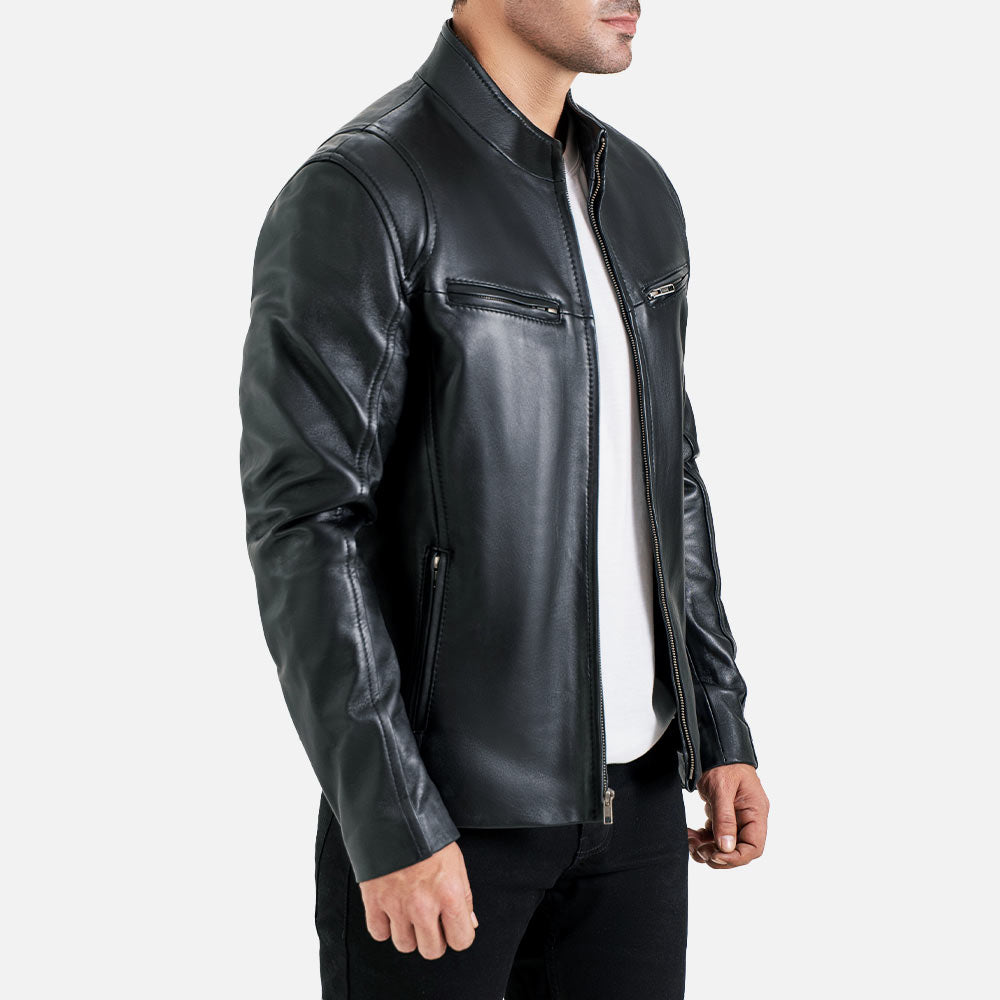
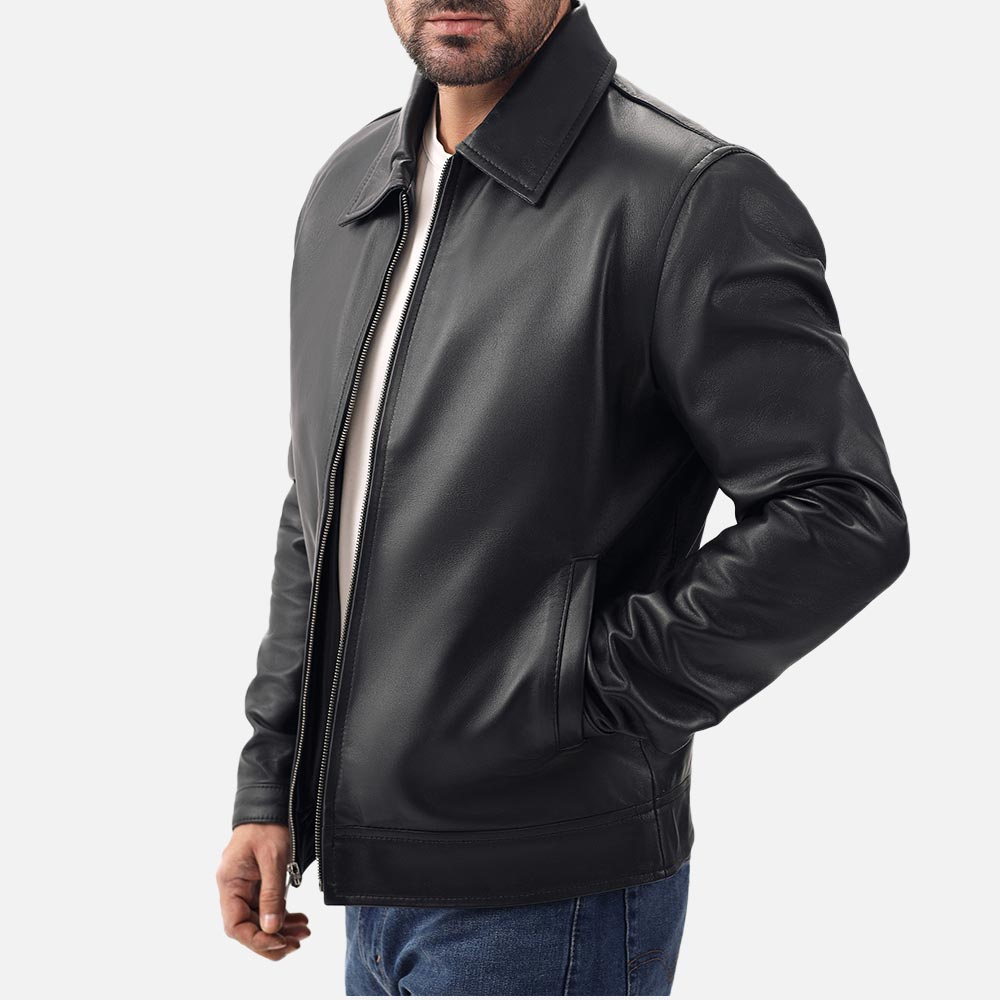
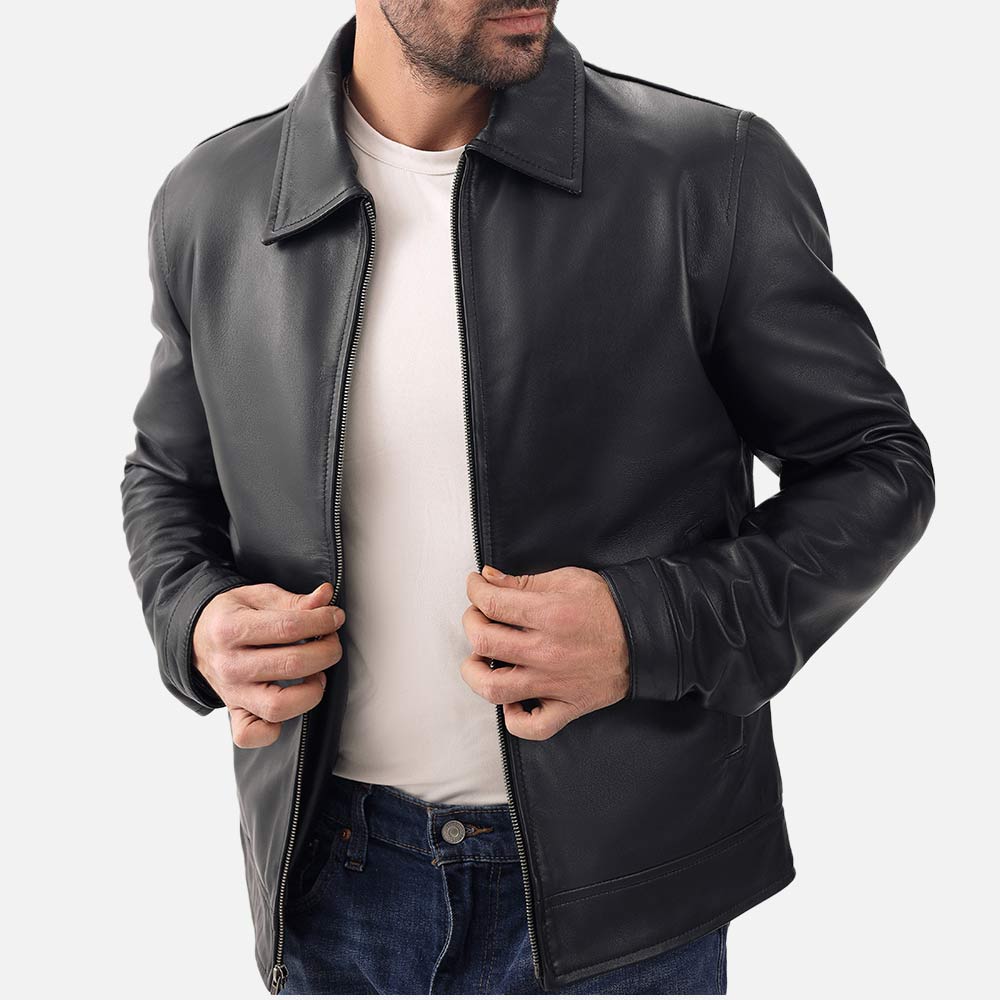
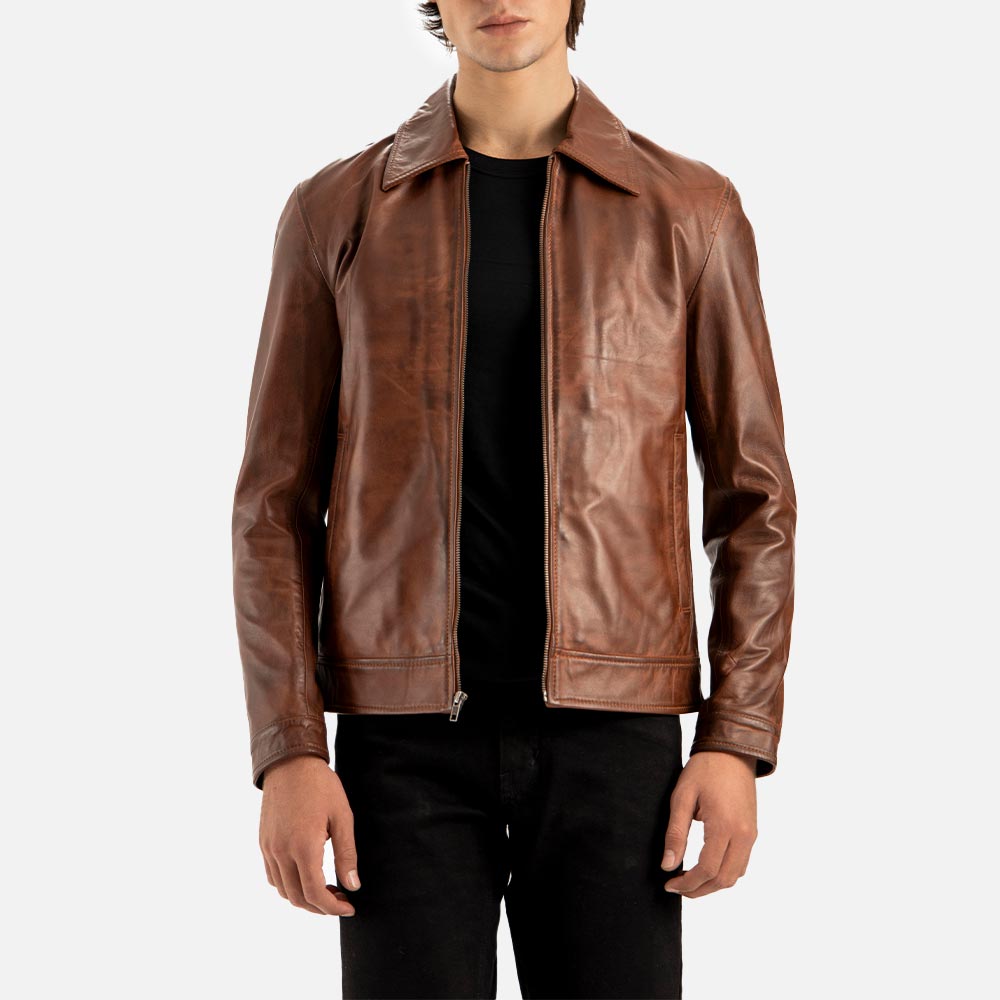
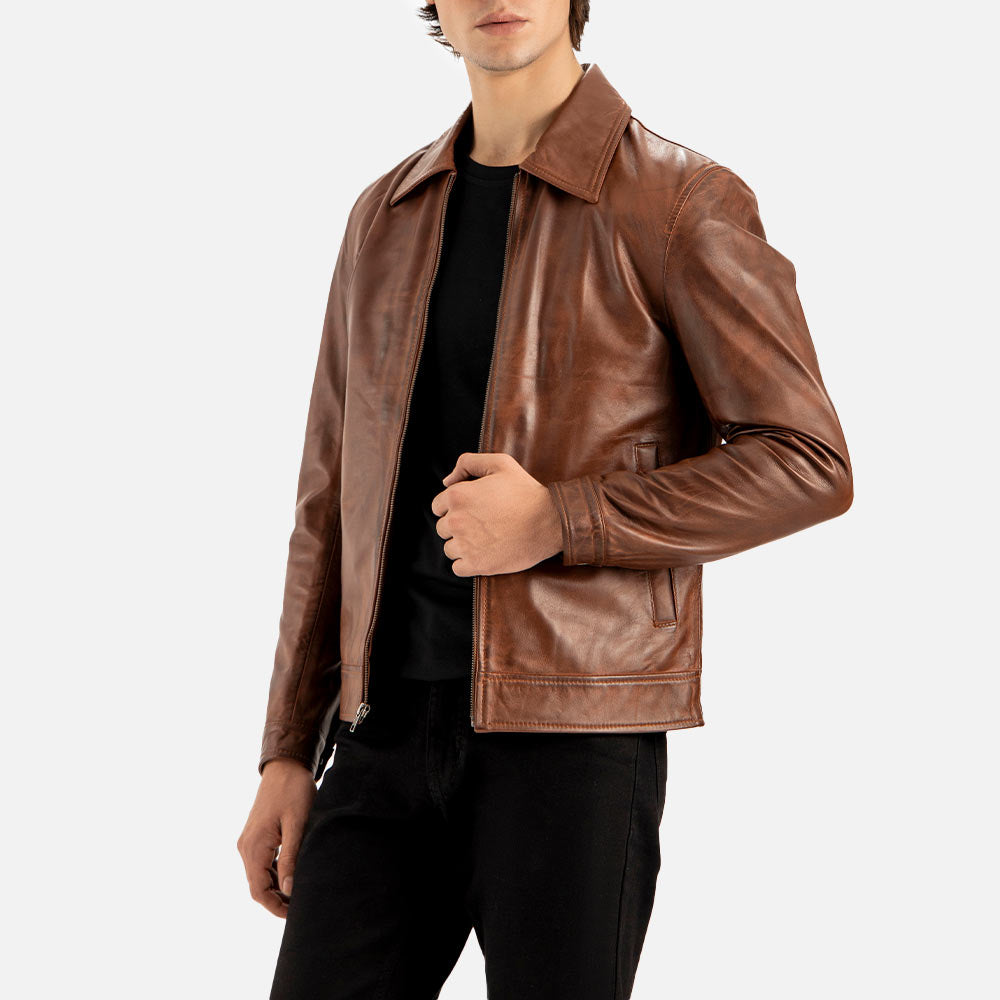
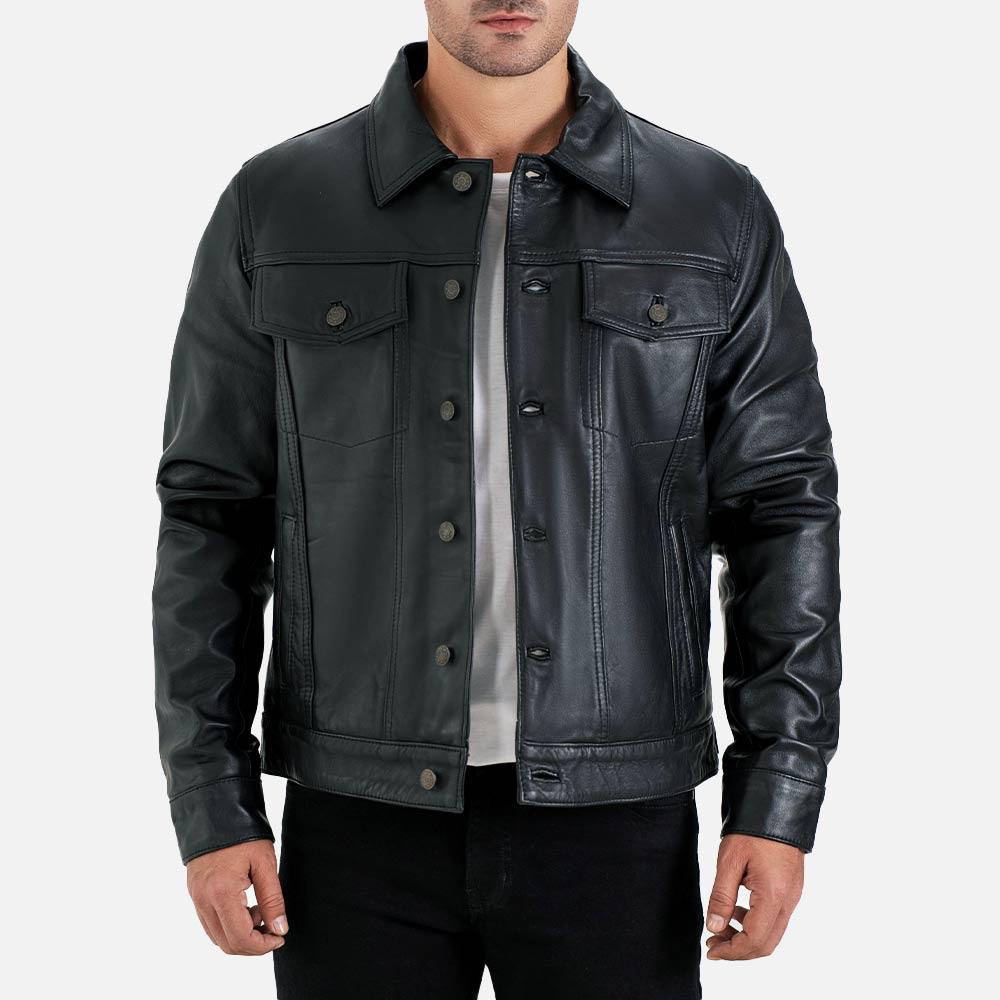
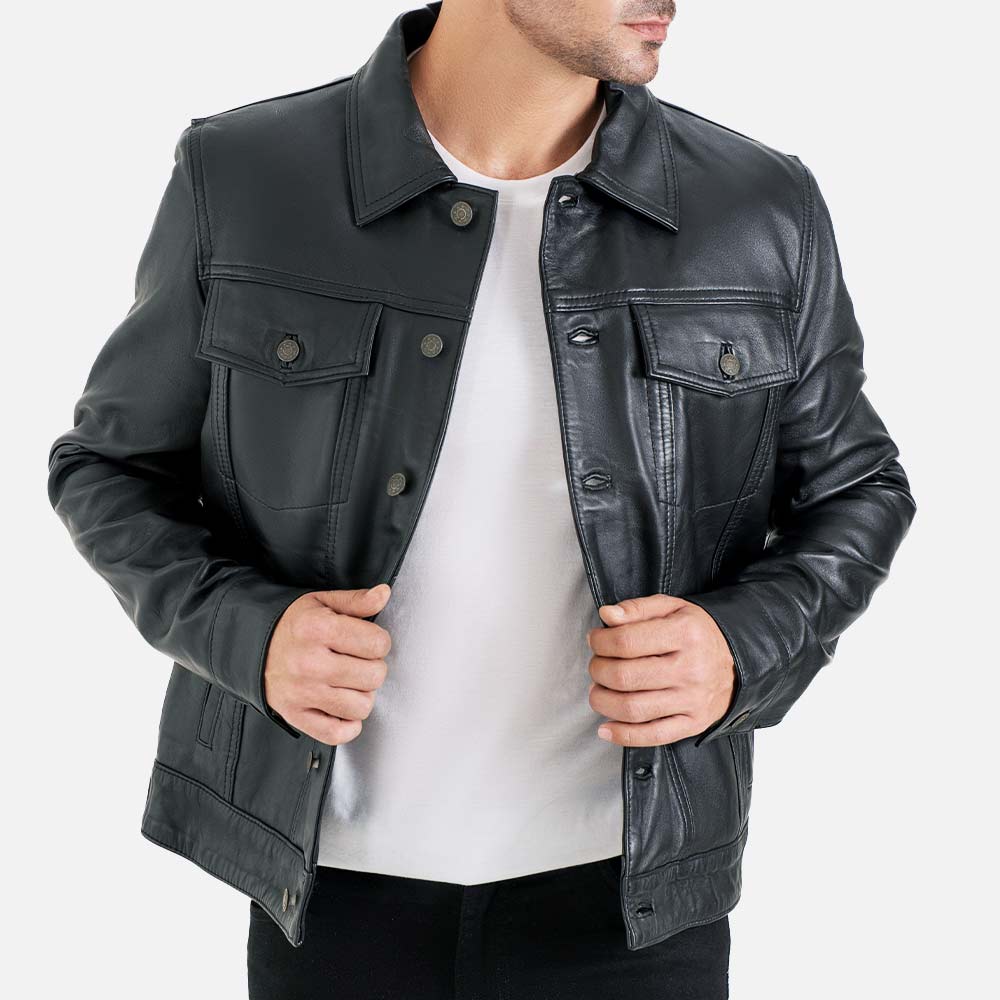
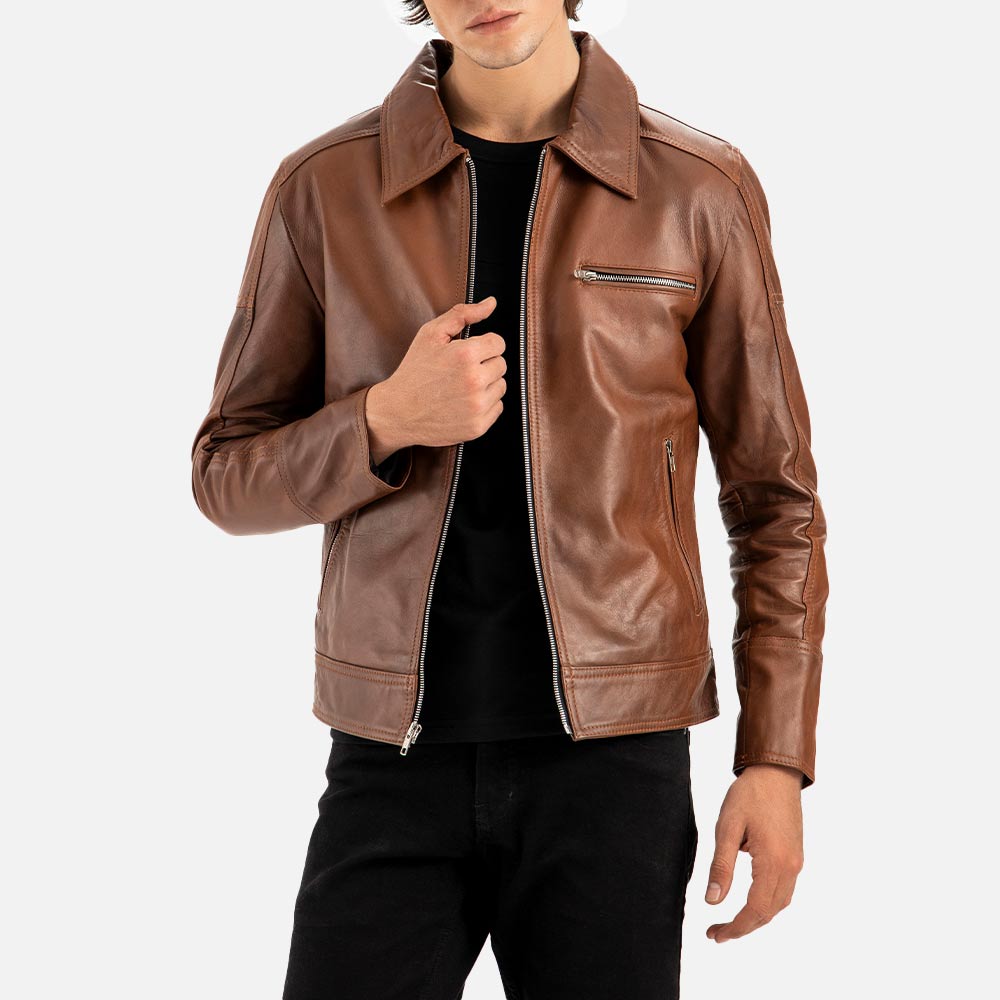

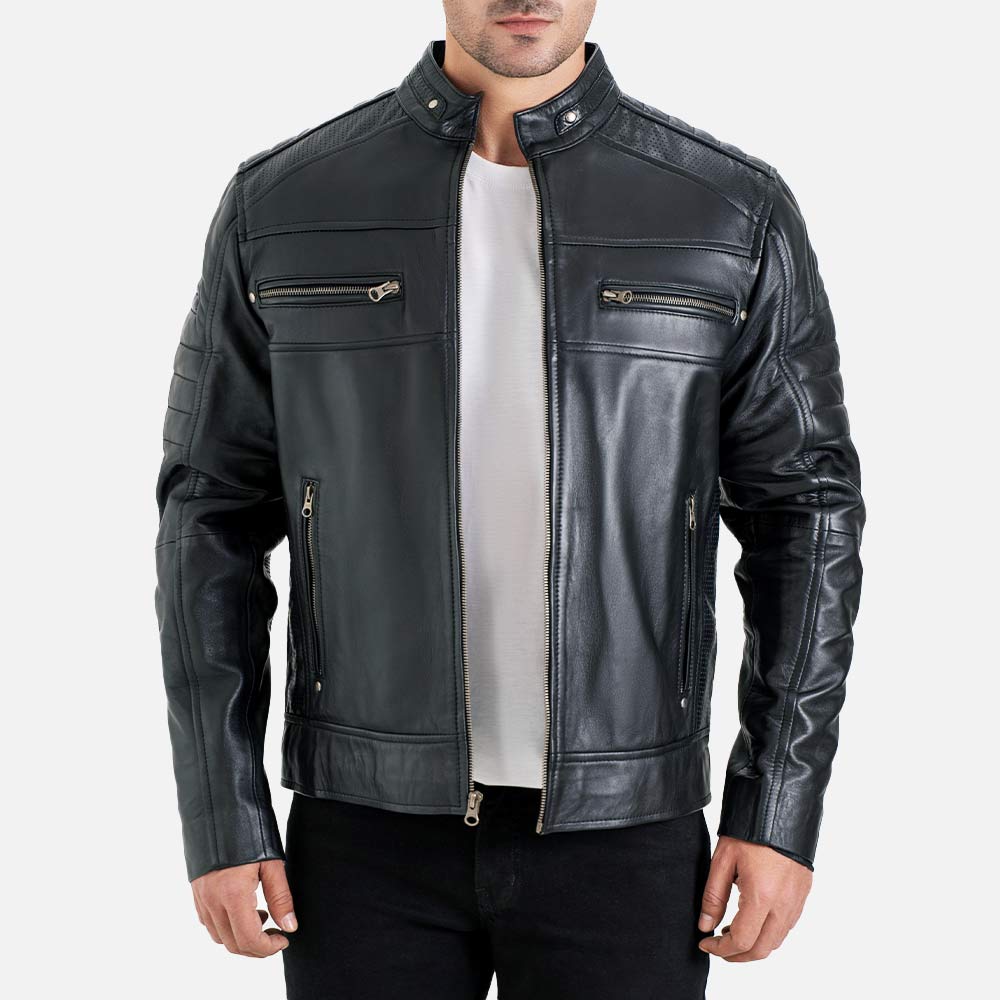
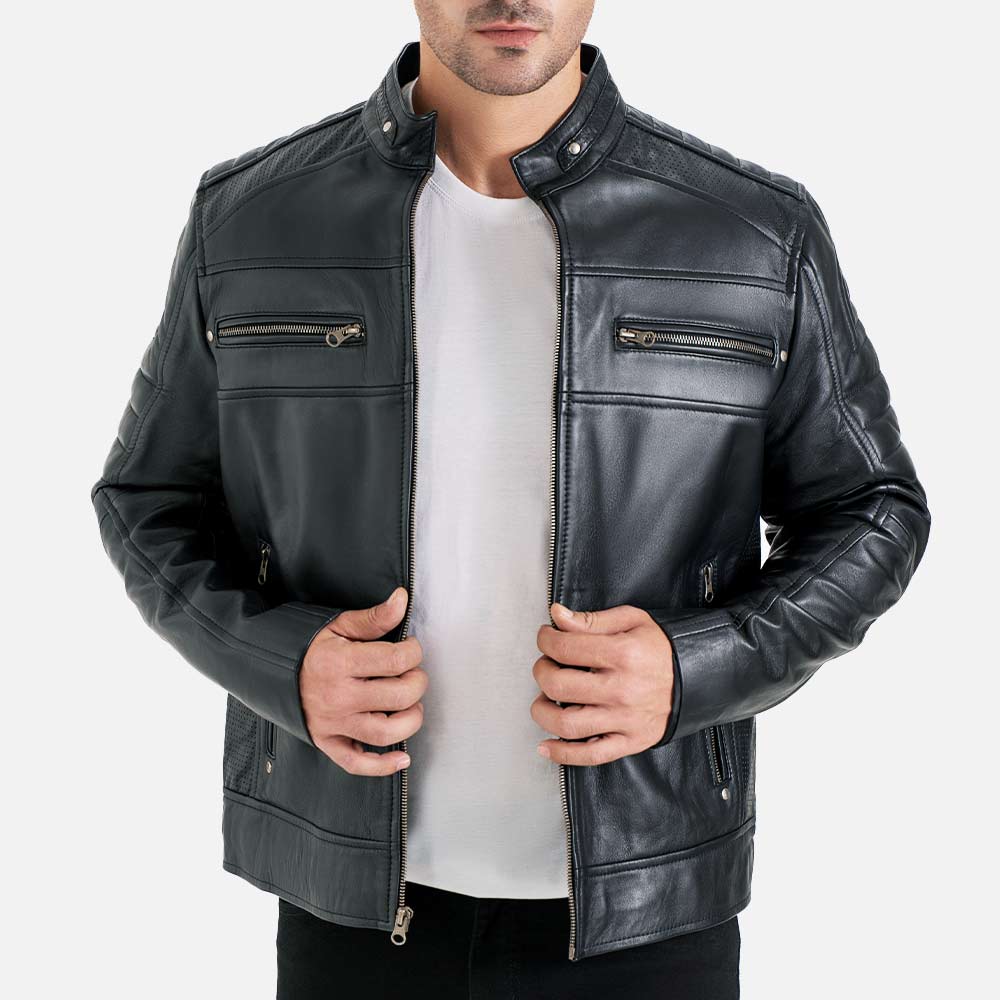
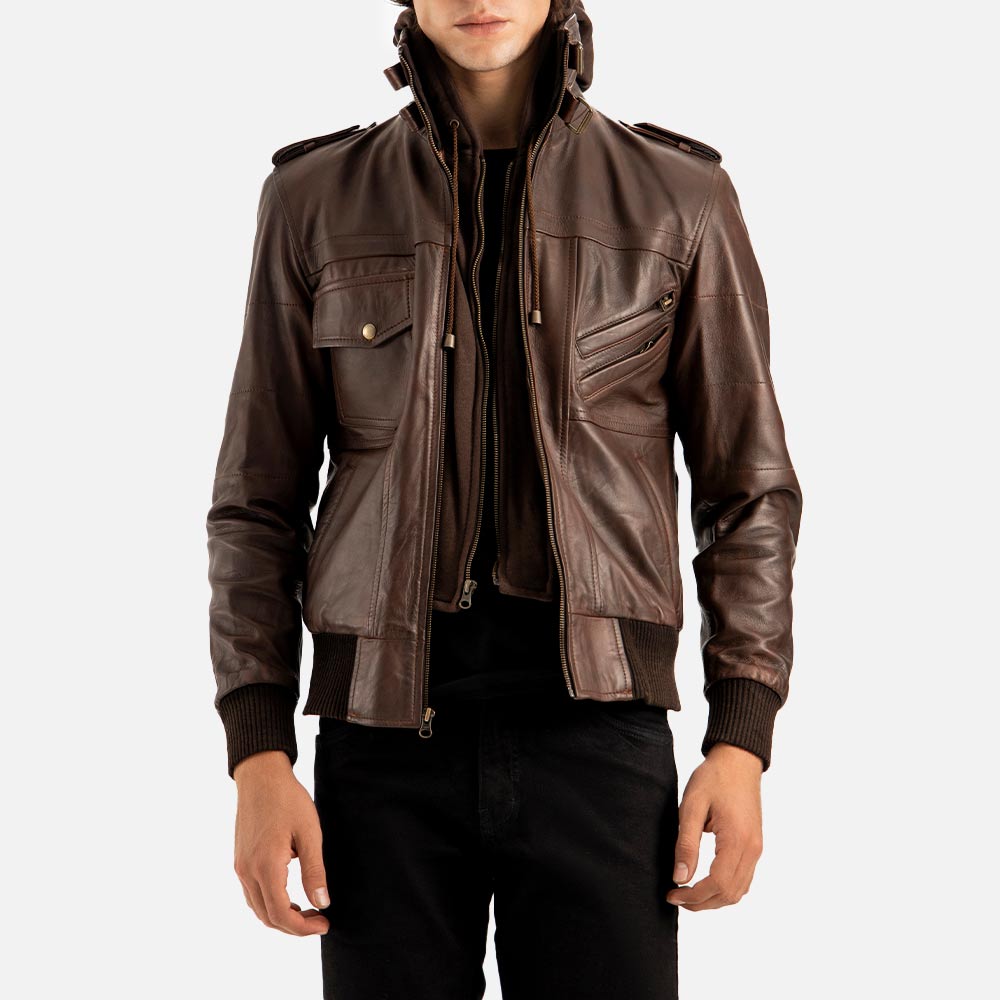
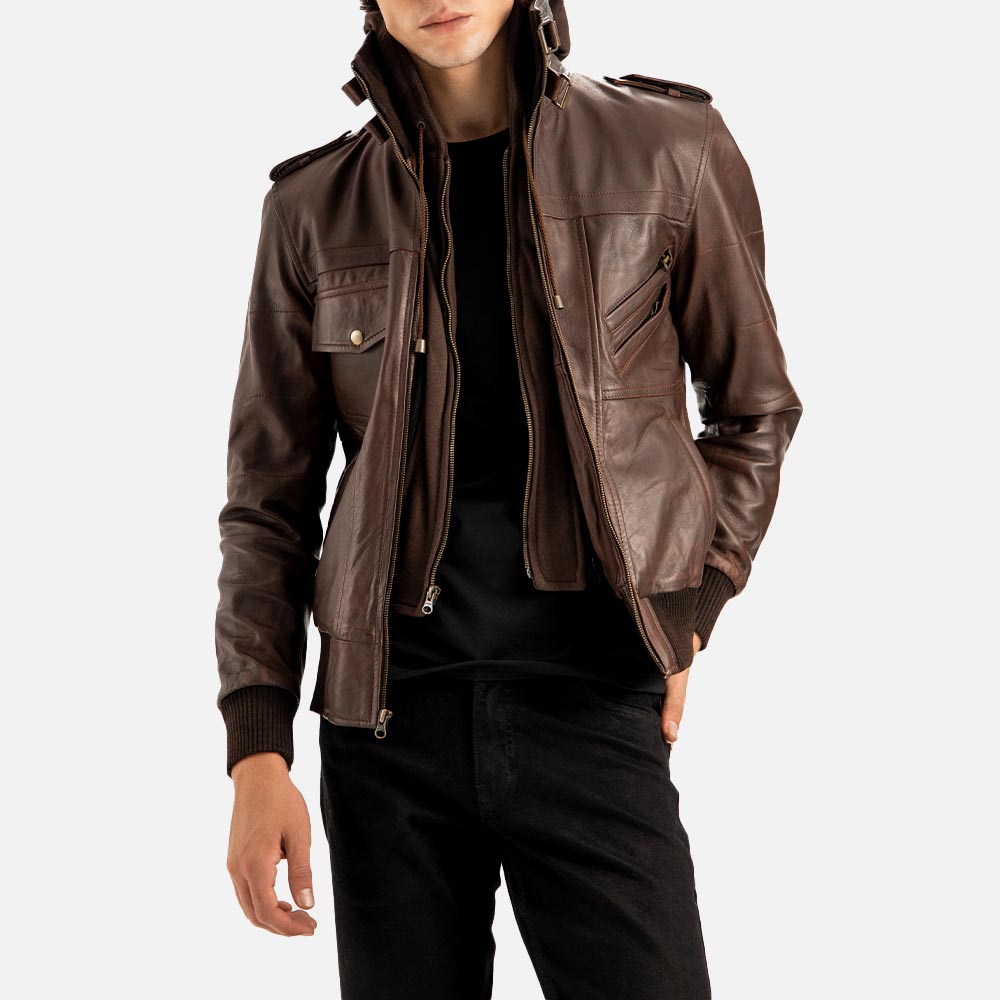
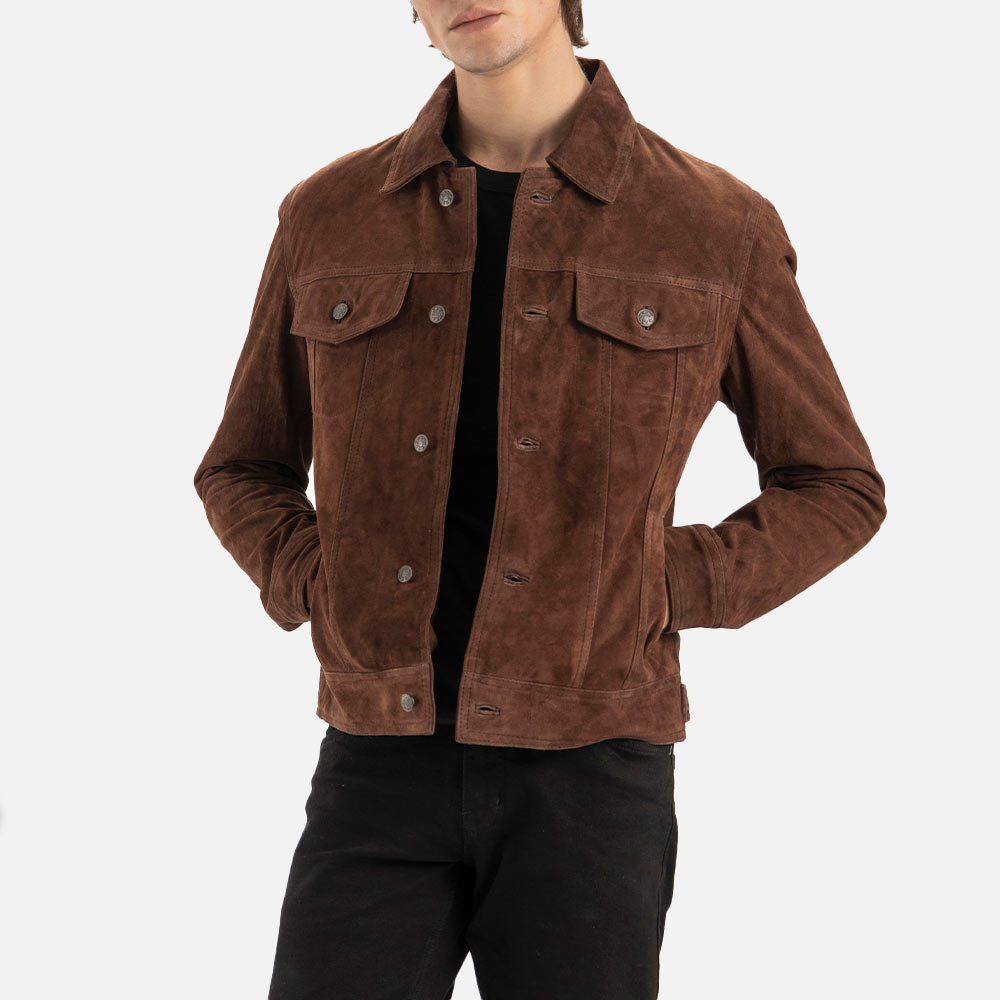
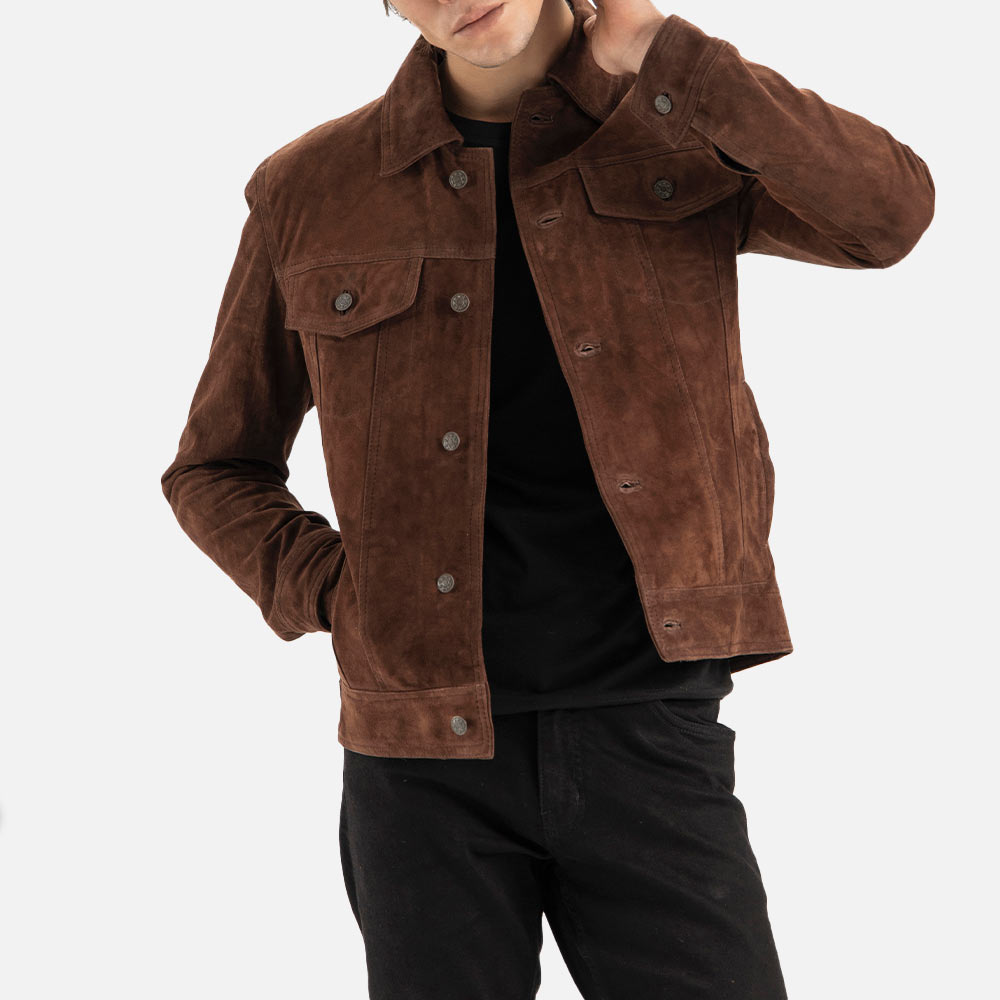


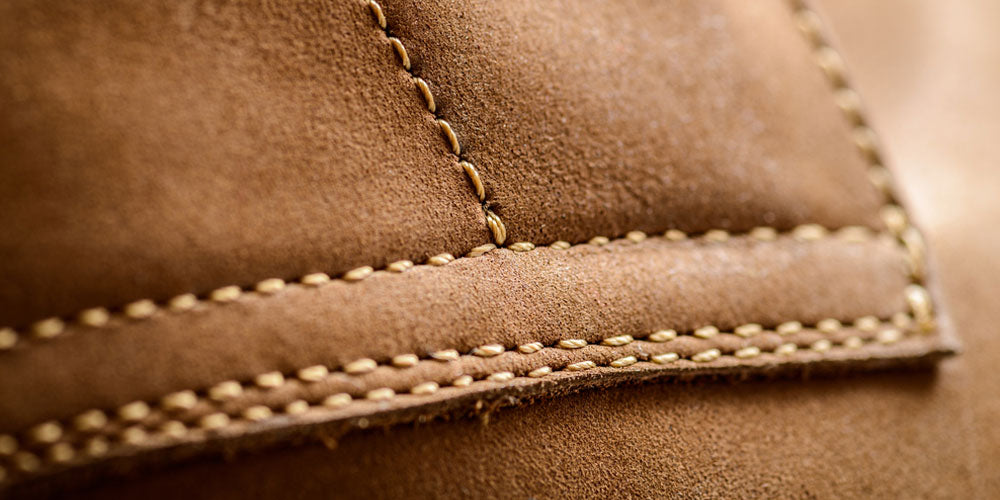

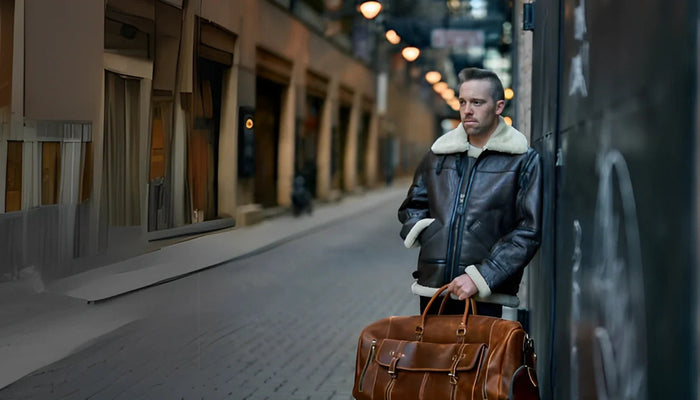
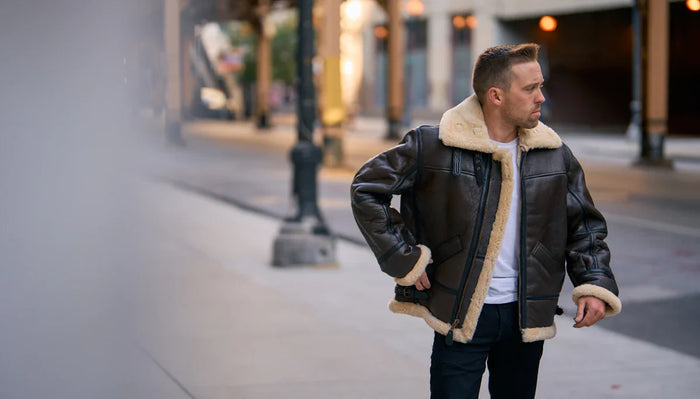
Leave a comment
This site is protected by hCaptcha and the hCaptcha Privacy Policy and Terms of Service apply.